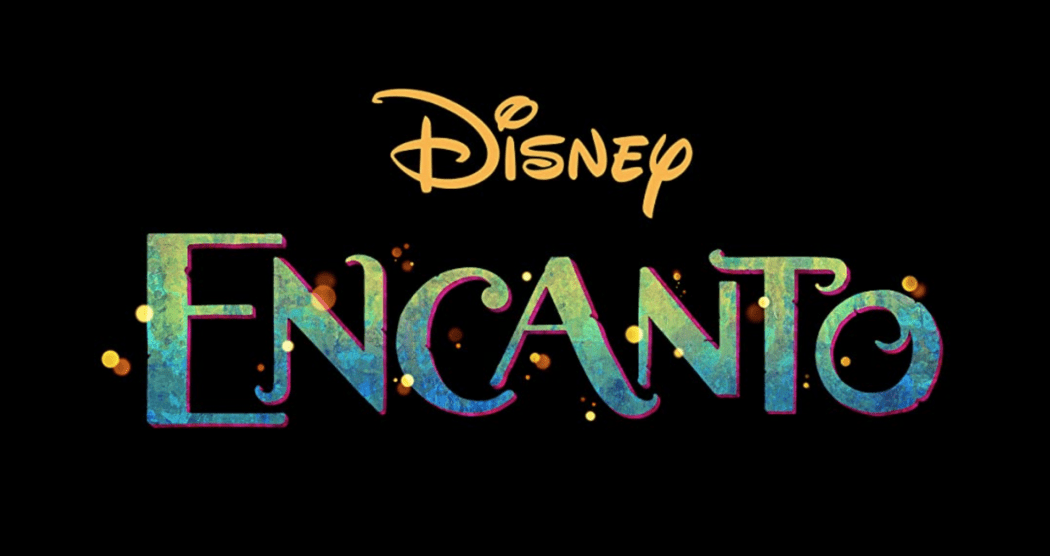Representation in the media with Disney’s ‘Encanto’
Set in a lush rainforest bursting with bright flowers, catchy music and vibrant characters, Disney’s newest movie, “Encanto,” was recently released on streaming platforms.
“Encanto” is popular for its music and deep themes: the movie plays with familial dynamics and roles, with a special focus on intergenerational trauma.
“It shows a lot of different family dynamics and how to heal from the damage and create new healthy bonds,” said Mckenna Gleed, a Southern Utah University freshman.
Abuela, the main antagonist in the film, flees violence in her hometown. As she makes her way across Colombia, her husband is killed and she’s gifted what she calls the “miracle” which grants her and her community refuge.
In the miraculous refuge, each of Abuela’s children and grandchildren have some kind of magical power.
Abuela’s grief over her husband’s death and the destruction of her previous home influence her to protect the miracle at all costs, even if it’s at the cost of her family’s mental health — each child is expected to carry on the family legacy by adopting a rigid familial role.
Over the course of the movie, many of the family members’ stress over their role is revealed. Oftentimes, this is done in the form of a song.
“I feel like it’s a good way of tackling a heavy topic in a lighthearted manner,” Gleed said. “The catchiness of the songs helps to soften the blow of something that would otherwise be a really heavy topic.”
In one of the songs, the main character’s older sister sings about the pressure she feels to shoulder the family’s burdens as the eldest sibling.
“I relate to it so much as like the oldest daughter,” said Sophie Christensen, a freshman at USU. “All of the pressure of ‘I need to take care of all the problems in my family.’ And that really resonated with me.”
Each character focuses on a different family role, exploring a wide range of experiences.
“There’s something in there for everybody,” Christensen said.
Produced by Lin-Manuel Miranda, the music is one of the movie’s highlights for many viewers.
Miranda, who’s worked on other films and plays such as “In the Heights” and “Hamilton,” has been known to focus on including a diverse group of people in his work.
“He brings authenticity to the music he writes by working with successful artists from the nationalities he covers,” said Alex Barajas, a freshman at USU.
In addition to exploring issues such as intergenerational trauma, the movie focuses on underrepresented cultures. The movie is set in Colombia and displays some of the country’s thick foliage, traditional attire, culture and food.
The characters also represent a variety of races.
“I really liked how Disney showed all different skin colors of Colombians ranging from the redhead freckled Pepa to the dark skin Afro of Felix,” Gleed said. “It shows a range of people for all POC to relate to.”
Several videos circulating on social media depict children reacting to “Encanto,” their tiny faces lighting up to see people who look like them represented in a Disney movie.
“She was like, ‘Mirabel looks just like me,’” Christensen recounted of a little girl in one of the videos she watched.
This kind of representation is important because it gives people of color role models they can look up to, according to Barajas.
“Making movies like ‘Encanto’ lets children know that not all princesses or heroes have to be white,” Barajas said. “So they shouldn’t have to worry about neglecting their culture in order to fit in with what’s constantly being marketed as normal.”
Such representation also helps educate the majority population, according to Christensen.
“It makes us more aware,” Christensen said. “More able to be kind and empathetic to different people and understand where they’re coming from.”

